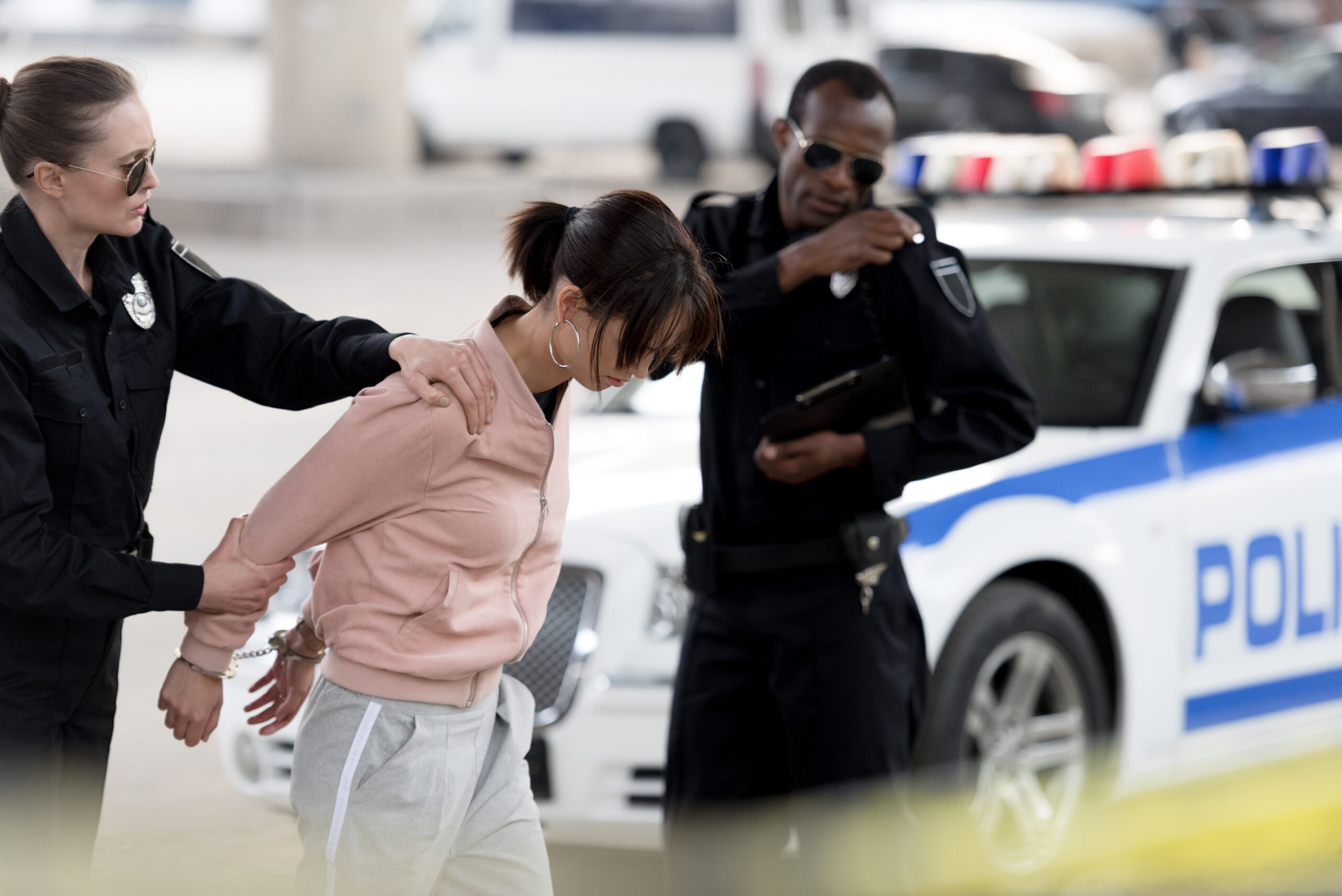The Role of Evidence in Hit and Run Case Defense Strategy
In the complex realm of legal disputes, a hit and run case poses a unique set of challenges for the defense team. These cases are often characterized by a tangled web of emotions, multifaceted legal stipulations, and a plethora of evidence types. Understanding the pivotal role that evidence plays in a hit and run defense strategy is essential to constructing a formidable case. This article explores the various types of evidence typically involved, how they are strategically employed in defense scenarios, and the significance they hold in shaping the outcome of a case.
Understanding Hit and Run Laws
Before delving into the intricacies of evidence, it is imperative to grasp what constitutes a hit and run offense. This understanding forms the foundation upon which a defense strategy is built.
Definition and Key Elements
A hit and run generally occurs when a driver involved in an accident departs the scene without stopping to offer information or assistance. The core elements often include fleeing the scene, failing to report the incident, and neglecting to assist injured parties. Each jurisdiction might have its own nuances, but the underlying intent remains the same: to elude accountability. Understanding these elements helps in formulating a defense, as it allows the team to focus on disproving or mitigating these aspects.
Variations by Jurisdiction
The definition and penalties associated with hit and run offenses can vary significantly across different regions. Some jurisdictions may impose harsher penalties for incidents involving bodily harm, while others might have more lenient approaches for minor property damage. Familiarity with local laws is crucial for the defense, as it influences how evidence is interpreted and utilized. A thorough understanding of jurisdictional differences can provide strategic advantages, such as identifying procedural errors or leveraging less stringent legal frameworks.
Legal Consequences
The repercussions of a hit and run conviction can be severe, ranging from hefty fines to imprisonment and license suspension. The severity of penalties often hinges on factors such as the gravity of the accident, the presence of injuries or fatalities, and the defendant’s prior legal history. For the defense, understanding these potential consequences is vital, as it informs the strategy for negotiating plea deals or aiming for charge reductions. It also underscores the importance of a robust defense that can mitigate or eliminate these penalties.

Types of Evidence in Hit and Run Cases
Evidence is the cornerstone of any legal defense, and in hit and run cases, it assumes an even more critical role. Various types of evidence can significantly impact the direction and outcome of a case.
Physical Evidence
Physical evidence encompasses tangible items that can shed light on the incident. This can range from vehicle damage, debris on the road, to skid marks. Vehicle damage analysis, for instance, can pinpoint the collision’s point of impact and potentially identify the fleeing vehicle. Skid marks can indicate the speed and direction of the vehicles involved, providing insights into the accident’s dynamics. Preservation and thorough examination of physical evidence are crucial, as they lay the groundwork for factual arguments in court.
Witness Testimonies
Witnesses serve as the eyes and ears of the incident, offering firsthand accounts that can substantiate or refute claims. Their observations might include the description of the vehicle, the driver’s behavior, or environmental conditions at the time. The credibility and reliability of witness testimonies are paramount, making it essential to gather statements promptly to prevent memory degradation. Cross-examining witnesses can also uncover inconsistencies or biases, which can be leveraged to strengthen the defense’s position.
Surveillance Footage
In today’s surveillance-rich environment, cameras from traffic lights, businesses, or homes can provide crucial visual evidence. This footage might capture the accident’s occurrence, the vehicle’s escape, or even the driver’s identity. Surveillance footage can corroborate physical evidence or introduce new leads that were previously overlooked. The defense’s ability to obtain and analyze this footage swiftly can be a decisive factor, as delays might result in the footage being erased or overwritten.
Forensic Evidence
Forensic analysis involves the scientific examination of materials collected from the accident scene. This could include paint chips, glass shards, or biological traces. Forensic experts can link these materials to a specific vehicle or individual, providing compelling evidence that can either implicate or exonerate the defendant. The meticulous collection and interpretation of forensic evidence are vital, as they lend scientific credibility to the defense’s claims, often swaying judicial opinions.
Building a Defense Strategy
Crafting a solid defense strategy requires a strategic blend of utilizing available evidence and legal expertise. The following approaches are commonly employed to achieve a favorable outcome.
Challenging the Evidence
One of the primary defense tactics is to scrutinize and challenge the prosecution’s evidence. This might involve questioning the accuracy and reliability of witness testimonies or the authenticity of surveillance footage. Forensic evidence might also be contested if there are doubts regarding its collection, preservation, or analysis. By highlighting inconsistencies or procedural lapses, the defense can undermine the prosecution’s case and create reasonable doubt.
Establishing an Alibi
Providing a credible alibi can significantly bolster the defense’s case. This involves presenting evidence that the defendant was elsewhere at the time of the incident, thereby negating the possibility of their involvement. Supporting evidence might include time-stamped receipts, GPS tracking data, or testimonies from reliable witnesses. A well-substantiated alibi can dismantle the prosecution’s narrative and shift the burden of proof back to them.
Demonstrating Lack of Intent
In many hit and run cases, the prosecution must establish that the defendant knowingly fled the scene. The defense might argue that the defendant was unaware of the accident or did not intend to escape responsibility. Evidence suggesting confusion, disorientation, or extenuating circumstances can support this argument. Demonstrating a lack of intent can lead to charge reductions or even acquittal, as it challenges the foundational elements of the prosecution’s case.
Negotiating Lesser Charges
When the evidence against the defendant is compelling, negotiating a plea deal might be the most prudent course of action. The defense can work towards reducing the charges in exchange for a guilty plea, potentially resulting in lighter penalties and avoiding the uncertainties of a trial. Effective negotiation requires a deep understanding of the legal landscape and the ability to present mitigating factors persuasively. This strategy can be particularly beneficial in minimizing the long-term consequences for the defendant.

The Importance of a Skilled Attorney
Navigating the complexities of a hit and run case necessitates legal acumen and strategic foresight. An experienced attorney plays a pivotal role in shaping the defense’s approach and maximizing the chances of a favorable outcome.
Expertise in Hit and Run Laws
A seasoned attorney possesses a comprehensive understanding of hit and run laws, including jurisdictional nuances and precedent cases. This expertise enables them to evaluate evidence critically, identify weaknesses in the prosecution’s case, and construct a compelling defense strategy. Their knowledge of legal procedures and protocols also ensures that the defendant’s rights are protected throughout the process.
Strategic Negotiation Skills
Negotiating with prosecutors requires a delicate balance of assertiveness and diplomacy. A skilled attorney can effectively communicate the defense’s position, highlight mitigating factors, and propose reasonable alternatives to severe penalties. Their ability to negotiate strategically can lead to favorable plea deals or charge reductions, ultimately benefiting the defendant.
Courtroom Representation
In instances where a case proceeds to trial, a competent attorney’s courtroom skills become indispensable. They are adept at presenting evidence compellingly, cross-examining witnesses, and countering the prosecution’s arguments. Their persuasive abilities and legal expertise can sway jury opinions and influence judicial decisions, significantly impacting the case’s outcome.
Conclusion
In hit and run cases, evidence serves as the linchpin of any defense strategy. Understanding the diverse types of evidence and their strategic applications is crucial for anyone facing such charges. By challenging evidence, establishing a credible alibi, or demonstrating a lack of intent, defendants can work towards achieving a favorable resolution. With the guidance of a knowledgeable attorney, navigating the complexities of a hit and run case becomes more manageable, allowing for a robust defense and the potential for a positive outcome.
If you or someone you know is involved in a hit and run case, seeking legal advice promptly is essential. With the right strategy and evidence, it is possible to mount a strong defense and secure the best possible outcome.
Contact The Win Law Firm for Expert Legal Assistance
If you or a loved one is facing a hit and run charge, don’t navigate this complex legal landscape alone. Contact The Win Law Firm today for expert legal assistance. Our experienced attorneys are dedicated to providing you with a robust defense strategy tailored to your unique situation. We understand the intricacies of hit and run cases and are here to help you achieve the best possible outcome. Reach out to us now to schedule a consultation and take the first step towards protecting your rights.
